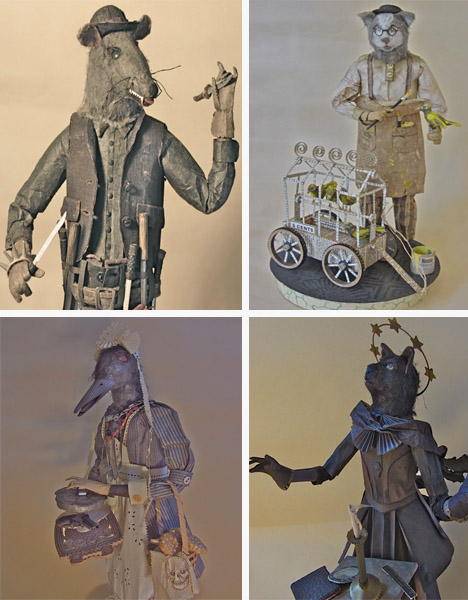Those crumpled-up paper scraps rising out of your wastebasket — you know that they’re recyclable, right? The volume may seem minuscule compared to whole newspapers that are easy to drop in a collection bin, but every little bit does matter.
It is encouraging to note that 62.5% of the paper and paperboard-based materials discarded every year in the U.S. are recovered, but you have to wonder why we are throwing out such easily recyclable items in the first place (29% of the 250 million tons of total municipal solid waste in our country is from tree pulp-derived sources!).
It is hard to blame our collective laziness on the notion of paper recycling “difficulty” because, in addition to curbside collection programs from coast to coast, those with a computer have 24/7 access to countless creative repurposing ideas.
Enter paper artists. Whether they are motivated by the deep desire to do right by the planet or they simply enjoy having access to a plethora of free materials, the many products of their collectively fertile imaginations always succeed in enamoring the public at large, prompting us to say, “Wow, can you believe they made that out of trash?”
Patty Grazini’s paper artistry has recently become the subject of many enthusiastic Internet posts, not so much for its eco-benefits, but more so because of the clever way in which she frames her ever-changing thematic creations.
Using historical ephemera such as book pages, newspaper snippets, and 17th century handwritten letters from France among other 100% paper-based media, the self-taught, Seattle-based artist has transitioned from making elaborately decorative shoes to intricately detailed 12- to 14-inch handcrafted sculptures depicting a colorful (and often shady) menagerie of characters, all of whom achieved their 15 minutes of fame courtesy of the pages of The New York Times.
